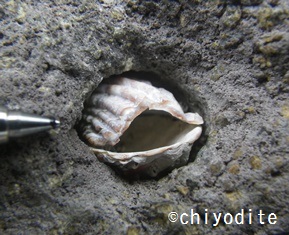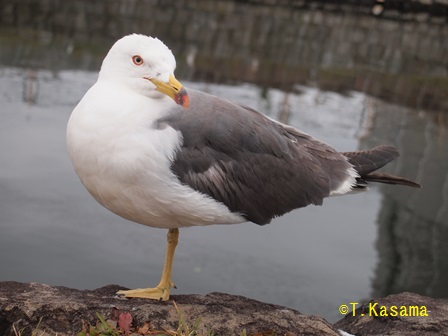













|
私は現在も、カモメガイ類・イシマテガイ・モモガイ類等、真鶴半島周辺に棲息する穿孔貝について調査・研究しています。 皆様から穿孔貝に関する情報をお待ちしています。 I am investigating some rock-boring bivalves, Penitella spp., Lithophaga curta, Parapholas sp., and etc., at the seashore facing Sagami Bay around Manazuru Peninsula, Kanagawa Prefecture. |
